naagaabaranarae vaarum;
nanjaNi kandarae vaarum
Word meaning
Kaagam = crow; karaindhadu = cawing; nagaan = snake; aabaranam = ornament; nanju = poison; kandam = throat
Meaning
Crow has cawed, morning has dawned, do come oh one who wears snakes as ornaments, one who wears poison in his throat!
[Here SV sees Bhagavan as Lord Shiva himself. It is Shiva who wears snake around his throat and it was he who drank the poison that resulted from the churning of the milky ocean. According to Puranas (this story occurs in Bhagavad Purana, Vishnu Purana and Mahabahratha), the devas and asuras churned the ocean of milk using Mount Meru as the churning rod and the snake Vasuki as the rope around the rod, with the devas and asuras pulling it from either side to get the nectar of immortality. But what issued forth first was deadly poison, Halahala. To protect the devas, Shiva drank the poison, and Parvati quickly placed her hand on Shiva’s throat to stop the poison from flowing down further. Hence his throat became blue which also earned him the name ‘nee kant’ meaning ‘blue throat’.]

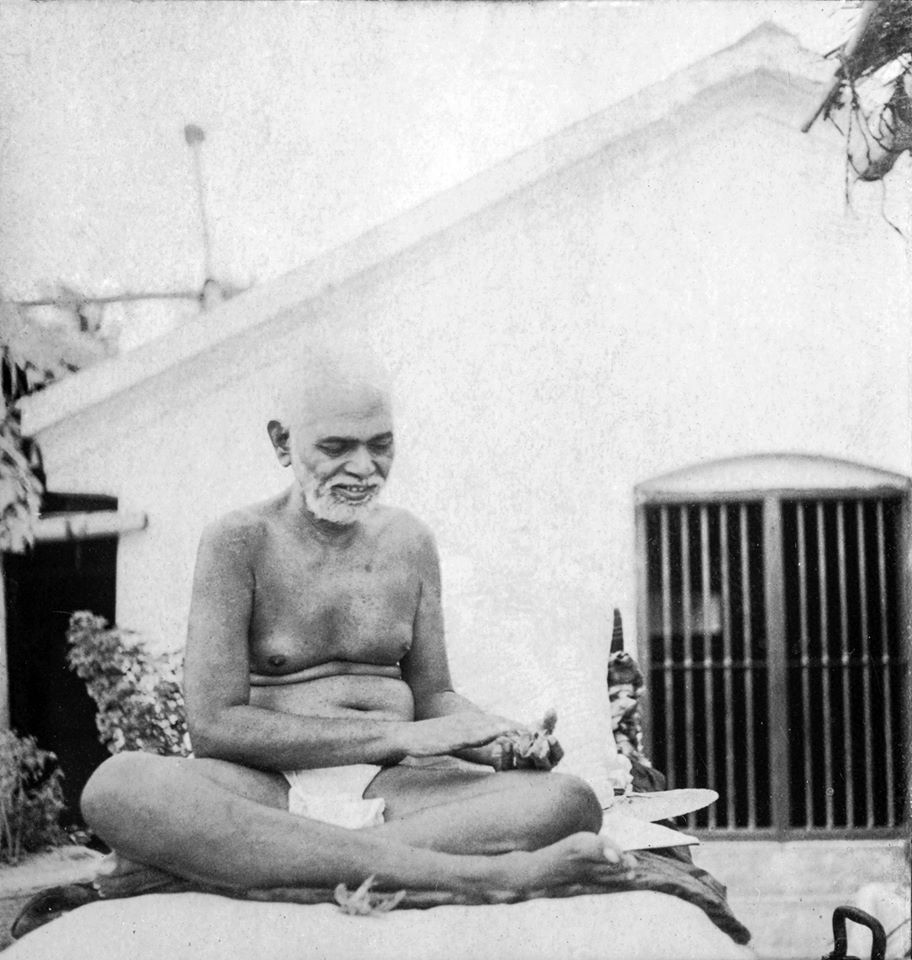
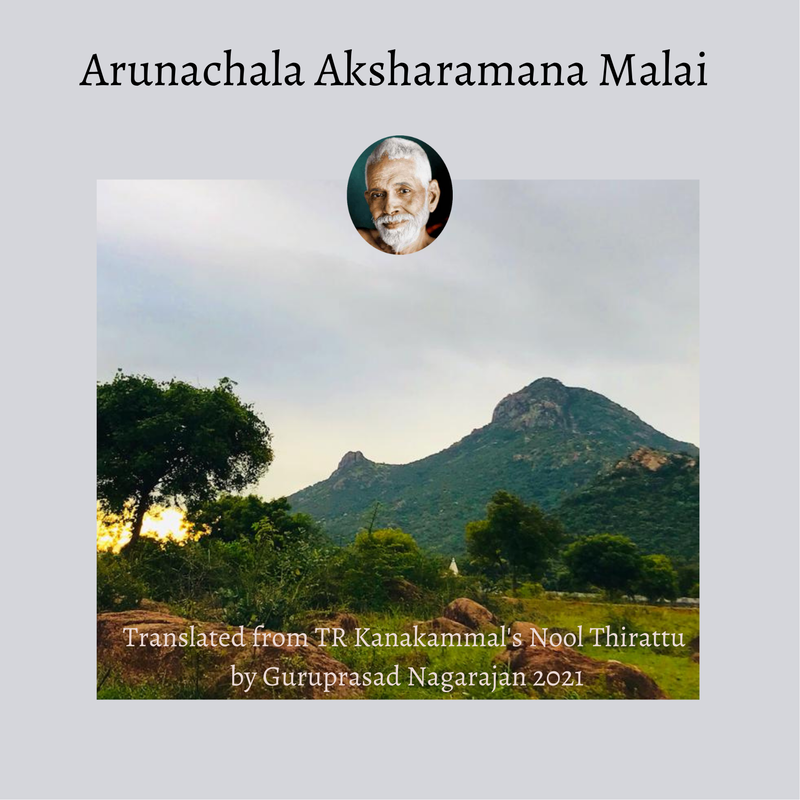
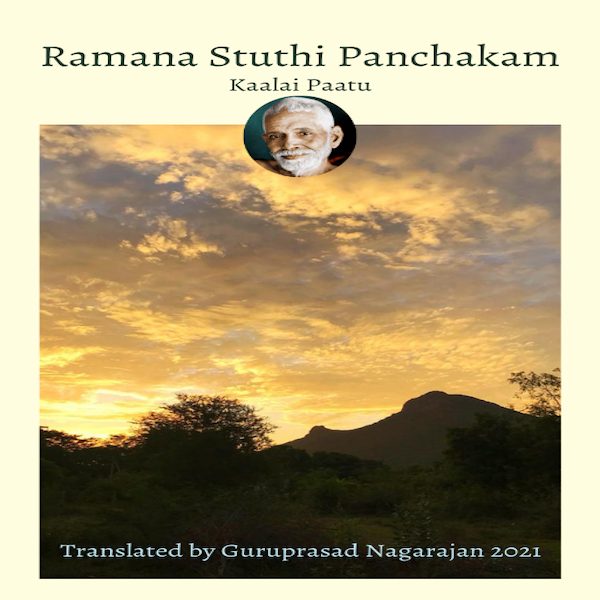
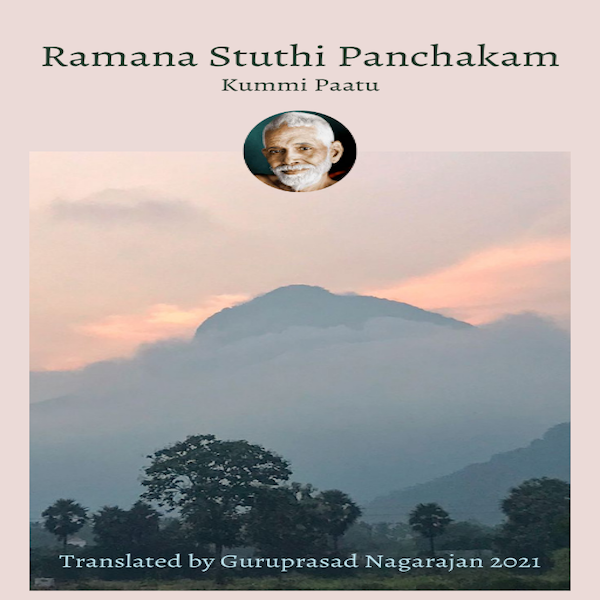
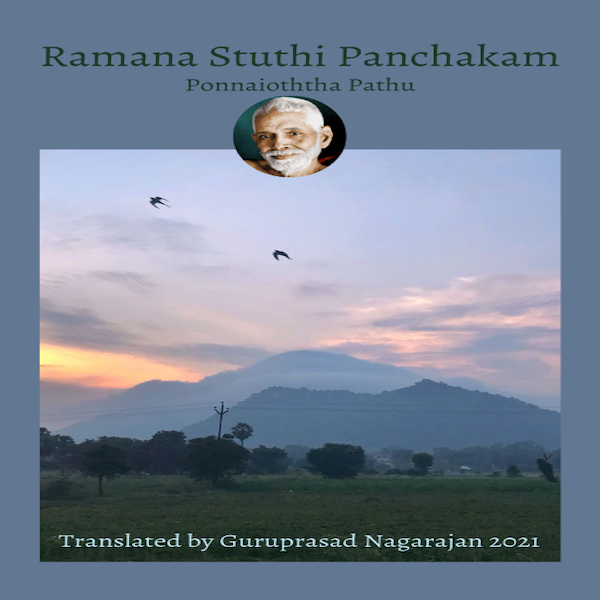
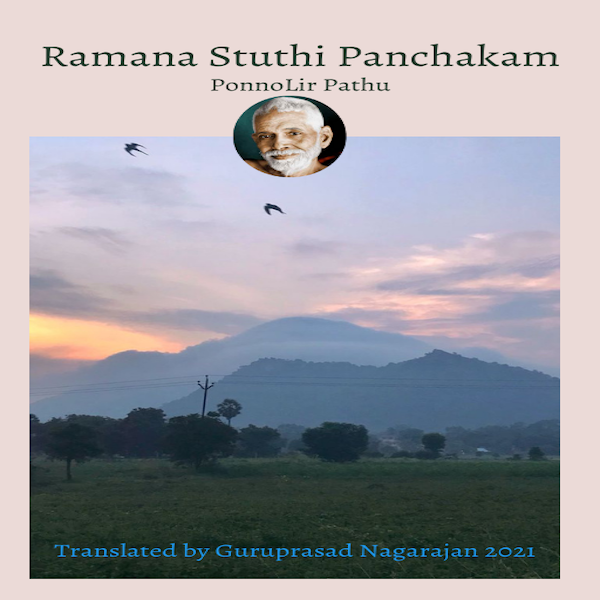
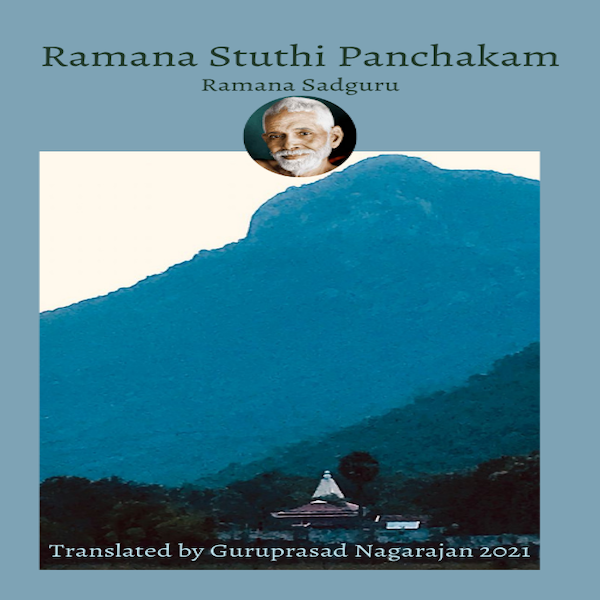
 RSS Feed
RSS Feed